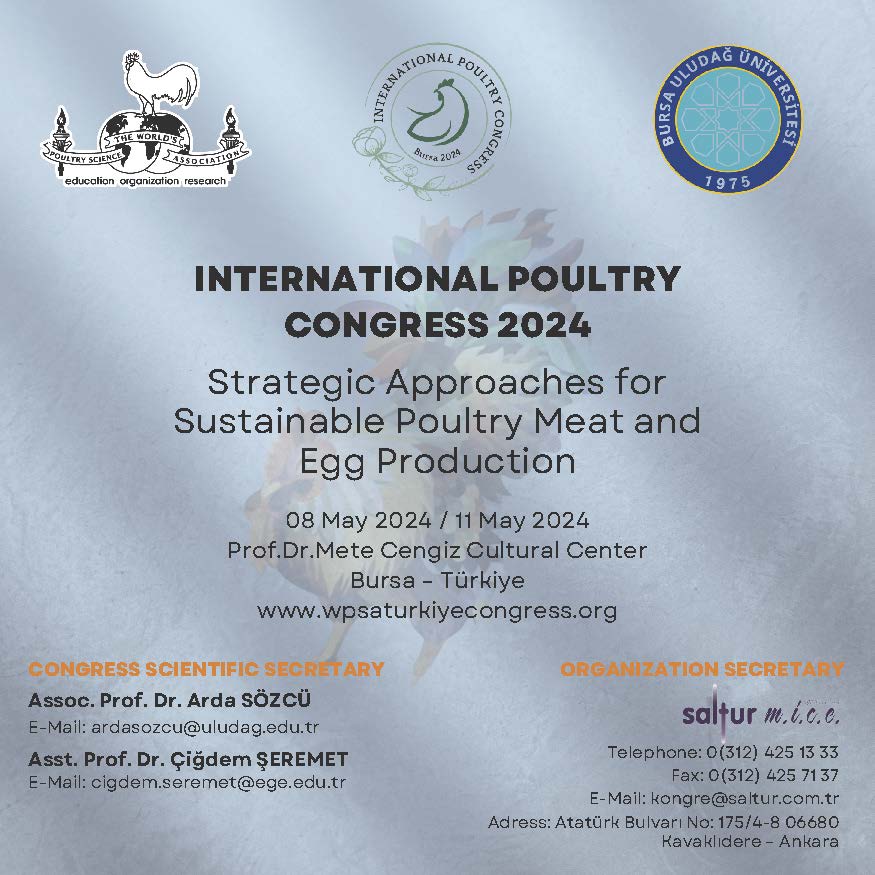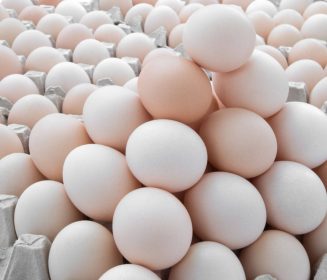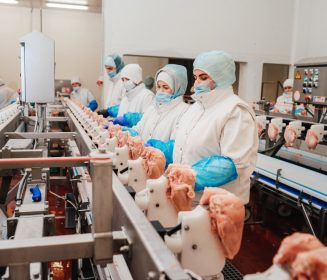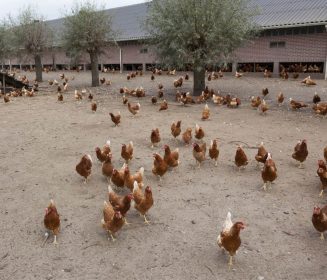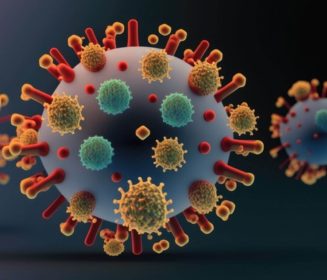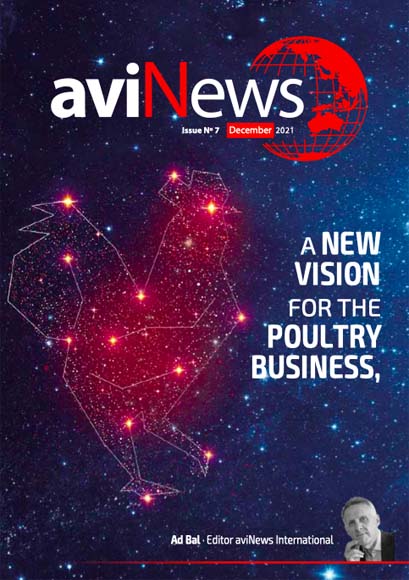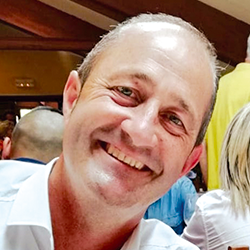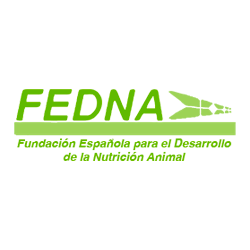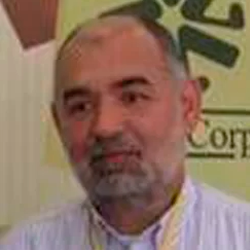The Eurasian H5 type is considered a low risk to people but can be dangerous for the poultry industry, South Carolina officials said. They said that no human infections from Eurasian H5 viruses have occurred in the United States.
U.S. finds highly pathogenic bird flu in wild duck, first case since 2016
Contenido disponible en: العربية (Arabic)CHICAGO, Jan 14 (Reuters) – The U.S. Department of Agriculture on Friday confirmed the first case […]
CHICAGO, Jan 14 (Reuters) - The U.S. Department of Agriculture on Friday confirmed the first case of a highly pathogenic type of avian influenza in a wild bird since 2016 in South Carolina.
The virus, Eurasian H5 avian influenza, was found in a wild duck that was hunted in Colleton County, in the southern part of South Carolina, officials said. The USDA said it is determining the exact strain of the virus, and results should be available in the next few days. One case of the H7N3 strain of highly pathogenic avian influenza (HPAI) was found in a commercial turkey flock in South Carolina in 2020.
The USDA advised poultry producers to review safety measures to assure the health of their flocks. Wild birds can carry avian flu without showing symptoms and transmit it to poultry through their feathers or feces.
"So far, we have no indication that HPAI has jumped from wild migratory birds to poultry, and we'd very much like to keep it that way," said Michael Neault, South Carolina's state veterinarian.
The spread of highly pathogenic avian influenza, commonly called bird flu, in Europe and Asia late last year put poultry producers on alert after previous outbreaks led to the culling of tens of millions of birds. Outbreaks also often lead to trade restrictions.
In 2015,
TO CONTINUE READING REGISTER IT IS COMPLETELY FREE
Access to articles in PDF
Keep up to date with our newsletters
Receive the magazine for free in digital version
REGISTRATION
ACCESS
YOUR ACCOUNT
LOGIN
Lost your password?





